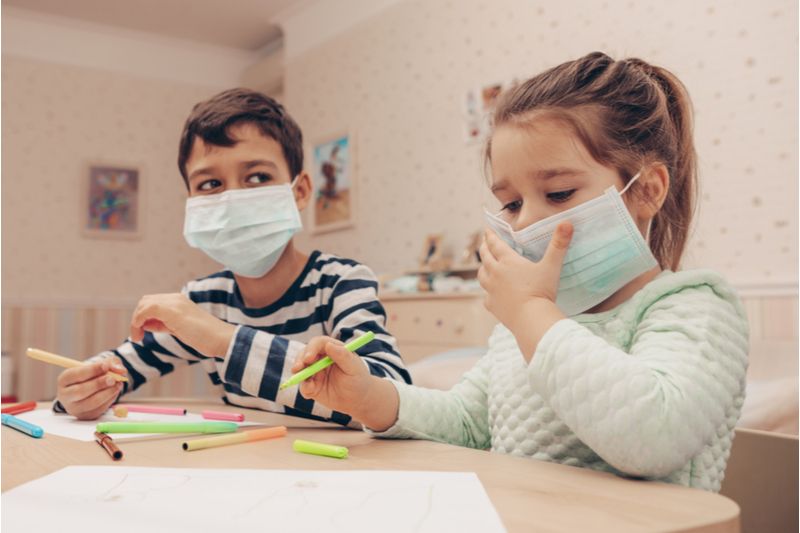Why All Children Should Wear Facemasks
The COVID-19 pandemic of 2020 affects all people of all ages. While it most often kills the most vulnerable, the long-term consequences of having had the viral infection are unknown. Here is why children may be most at risk.

Viral infections vary widely in their mechanism of action. Some, like the common flu, are highly transmissible. They kill many vulnerable people with age-related diseases, but barely make a dent in the rest of the population. Patients with the common flu develop antibodies to that virus. Yet those antibodies only seem to last for about a year, making an annual revaccination necessary. Antibodies to the common cold virus, which differs from the flu, only last for a few weeks—permitting the unlucky among us to catch several colds a year. But there does not seem to be any permanent damage from those viral infections.
This differs dramatically from other viral infections. The human papillomavirus, for example, is widespread amongst children once they become sexually active, in the age range from 15-18 years old. They usually do not know they are infected—until later in life when they develop terrible cervical cancer as a result of the latent HPV infection.
Viral hepatitis B or C—which can come from drinking contaminated water, and eating foods such as oysters from polluted waters—also affects children, who may later develop liver cancer as a result.
The novel coronavirus causing the pandemic of 2020 is a particularly virulent virus. It is easily transmissible and, most worrisome, damages a wide range of organs within the body. Patients die of cardiac, kidney, lung, and peripheral vascular invasion of the virus and subsequent destruction of the tissues. At high risk for a fatal outcome are the elderly and those with hypertension, obesity, and/or diabetes. Children, and many other people infected with the virus, may be asymptomatic, yet can still shed the viral particles and infect other people.
While bringing a virus home from school and infecting one’s family sounds horrible, the most distressing unknown about this coronavirus is: Which diseases might it produce in all of these carriers later in life? We may be facing a global health catastrophe—because by the time a vaccine is developed and widely disseminated, over half the population may already have carried the virus for some period, and be predisposed to later health disasters. The likelihood of long-term health effects is huge, given the behavior of COVID-19 in sick people.
Only a few months have passed since we have been exposed to this virus, and the unknowns are revealing themselves rapidly. We must do everything possible to stop its spread, while not destroying other aspects of our livelihood. Masks, hand-washing, and maintaining safe distances whenever possible are the least expensive, most rational ways to do this.
Children have the longest lives to live and, thus, are most at risk for later health effects of this virus. They must be adapted to wearing masks when they return to their classes. Schools, governments, health officials, and parents must resist the anti-mask, anti-social distancing cabal—whose ignorance echoes the refrain of the anti-vaxers and is putting our entire population at risk.
